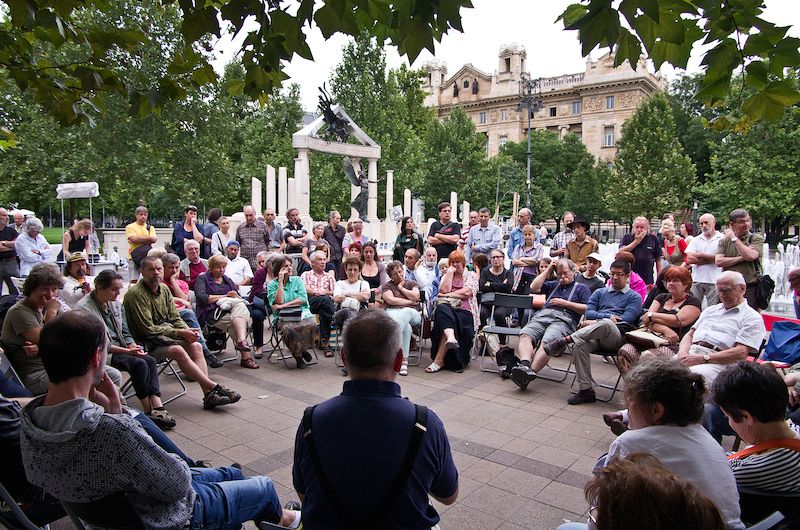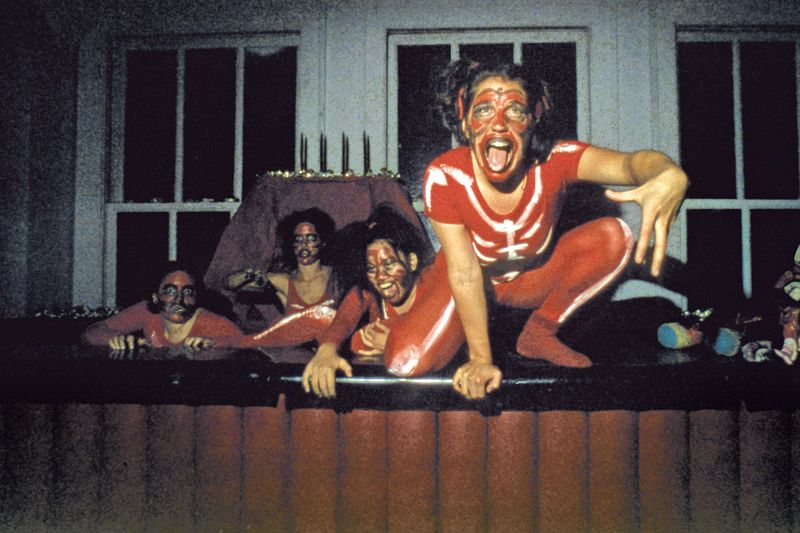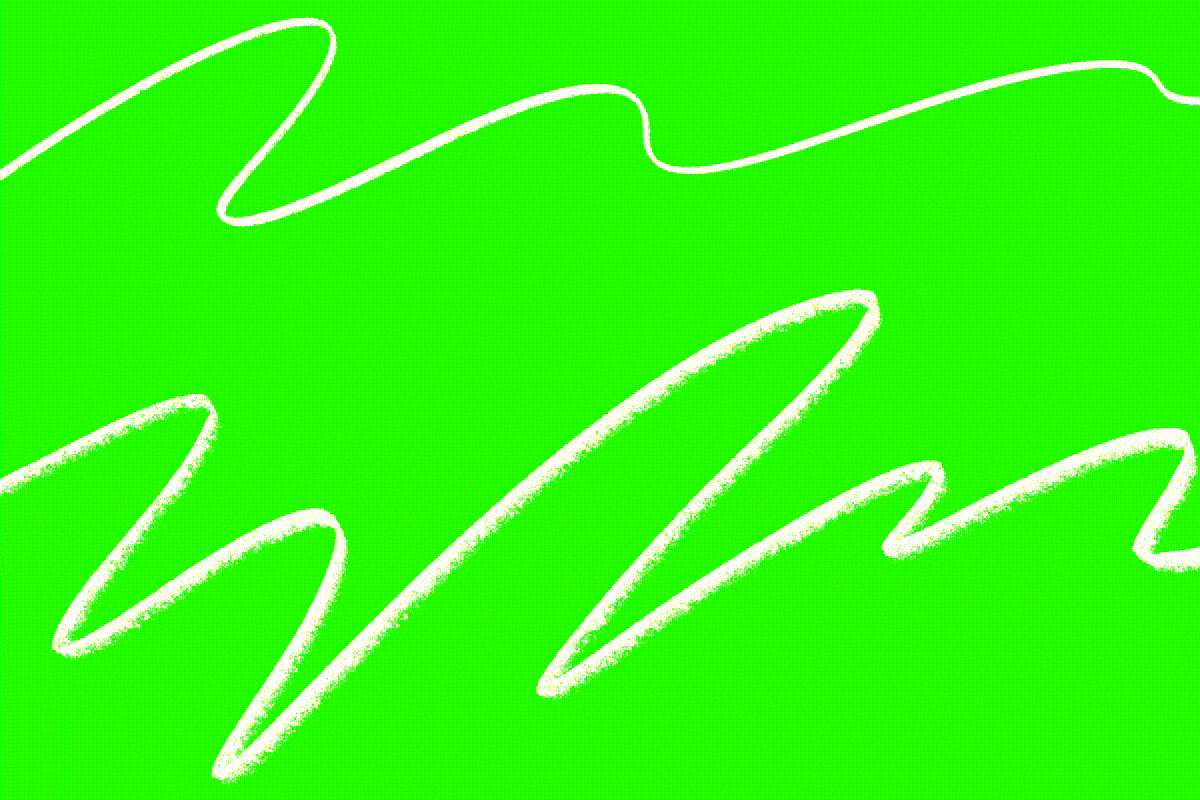Curator Pieter Vermeulen developed this proposal during the Summer 2010 Curatorial Intensive in New York.
"Maybe the "trivial" is just a failed version of the "everyday." The everyday, or the commonplace, is the most basic and the richest artistic category. Although it seems familiar, it is always surprising and new." – Jeff Wall
Uncommonplaces (New York / Antwerp) will be presented as a dialogue between a group show within an exhibition venue and small, subtle interventions in public space, investigating art's potential to subvert, suspend, or transform the banal or trivial dimension of everyday life. An international selection of emerging artists will be invited to participate in this experimental and process-oriented project. Each of the artists will be asked to present one (spatial) work (installation/sculpture/…) inside the exhibition venue, and to propose a small intervention in the public sphere. The artworks presented can be labeled as “sculptures in the expanded field”—installations, assemblages, sculptures, and ‘tactical’ interventions.
In everyday language, the word ‘commonplace’ is virtually equal to the banal or the trivial: a commonly accepted motive which obtains its legitimacy through frequent, if not endless repetition. The term arose in ancient rhetoric, denoting the use of a certain argument or topic (topos in Greek or locus in Latin) with a very general reach or application, as in stereotypical proverbs and sayings. The commonplace clearly refers to a dimension of our life that we like to take for granted, overlook or neglect. Apart from their evident rhetorical or sophistic function, commonplaces also seem to be burdened with an annoying, suffocating surplus of the everyday. By their power of leveling out subtle differences, they can easily turn daily life into a routinized burden. This is probably what made the artist Jeff Wall claim that the trivial is “a failed version of the everyday.”
The German philosopher Martin Heidegger considered this state as the triumph of the ‘everyone’ (das Man), in which our authentic mode of being as Dasein is obscured or forgotten, in favor of a dull, everyday existence dominated by others. Heidegger uses the pejorative term ‘fallenness’ (Verfallenheit), clearly relating the everyday to the inauthentic. Within the tradition of Western philosophy, the everyday has more than often been misconceived under the influence of metaphysics. It has univocally been considered as common, trivial and banal, not worthy of philosophical attention.
This clearly raises the following question: can we imagine a so-called authentic, “uncommon” version of the everyday? Jeff Wall’s quote seems to lead us in a good direction. There is a way, he claims, of letting the everyday “succeed”, namely as an “artistic category”. Art has the capacity of transforming the commonplace, of taking it up afresh and thus making it “always surprising and new”. Through the process of art, the nearness or familiarity of everyday life is momentarily put at a distance, creating an estranging, alienating or surprising effect towards our daily conception of reality. This abyssal ‘suspension’ from daily life often confronts us with the fact that the everyday is always already an invention, i.e. something that we don’t have to take for granted.
The perpetual dialectics between art and life, between the imaginary and the real, is adequately expressed in the well?known phrase by Fluxus? artist Robert Filliou: “Art is what makes life more interesting than art” (from a collage in 1984). Around the same time as Filliou, Arthur C. Danto published his renowned book, "The Transfiguration of the Commonplace" (1981), which basically dealt with the sudden emergence of the everyday in the 1960s art scene.
The return to the everyday by art, already announced in Pop Art, was continued from the 1960s throughout the 1970s and 80s, in movements such as Fluxus (Beuys, Higgins, Roth), hyperrealism (Close, Estes, Hanson, Bijl) and nouveau réalisme (Klein, Villeglé, Tinguely, Spoerri). Most of these experiments, however, have by now become more institutionalized and generally accepted as part of art history.
A website will be created for the project, functioning as a ‘third’, mediating space, with further background information, documentation and hyperlinks. The interventions in the public sphere will also be marked on a virtual map. The visitors will be invited to take pictures, and ‘geocode’ or ‘geotag’ them on the map. The whole process, from conversations between artists and curators to the construction of the works, will be documented in text and video. The development of the project itself is highly dependent on mutual collaboration, confidence and trust between the different participants.
Please note: the images presented here do not necessarily correspond to the artworks that will be included in the show.
Learn more
For further information about this project, please email Pieter Vermeulen at pieter-vermeulen [at] hotmail.com. For further information about the Curatorial Intensive email info@curatorsintl.org.






